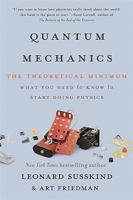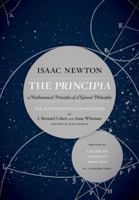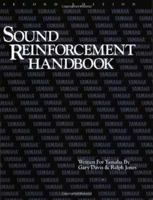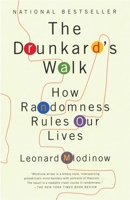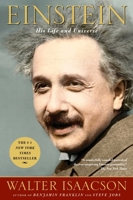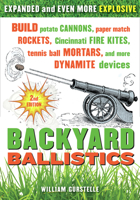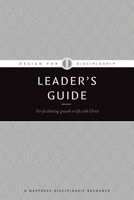Textual Relations In Quran Relevance, coherence and structure (Routledge Studies in the Qur'an)
Select Format
Select Condition 
You Might Also Enjoy
Book Overview
Representing a new development in the study of Qur'anic text, this book tackles the issue of Qur'anic text structure by fusing the fields of linguistics and Qur'anic studies.
The Qur'an contains many long suras covering diverse topics but with no apparent common context within which such variety can be explained. This book proposes a new explanation of Qur'anic text structure, arguing that the long suras have structure that are explicable within a framework for the mechanisms of human verbal communication. Through a systematic step-by-step analysis of the cognitive process involved in verbal communication and comprehension of text, this work provides interesting and useful insights into methods of analysis, mechanisms and dynamics of the Qur'anic text structure.
The unique application of a sophisticated linguistic theory to the Qur'an introduces an entirely new way of reading the Qur'an and with detailed analysis of two Qur'anic passages the book presents a solid working out of the theory that will be accessible to both linguists and scholars of the Qur'an.
Customer Reviews
Rated 5 starsThis discipleship series is wonderful.
This is a wonderful series for new and mature Christians alike. This help to answer questions and really dig into what relationship looks like with Jesus and others. How to live righteously and make decisions with a godly outlook.
0Report
Rated 4 starsEssential study for young Christians.
There is plenty written about discipleship these days, but not much around to help us do it! This is the 3rd in the series of step by step study guides, designed to be used one to one or in small groups. Every new Christian needs help getting started in their walk with God; sadly many do not receive it. In God's hands this study will teach biblical truth and how to apply it today, laying foundations for personal growth. First...
0Report














